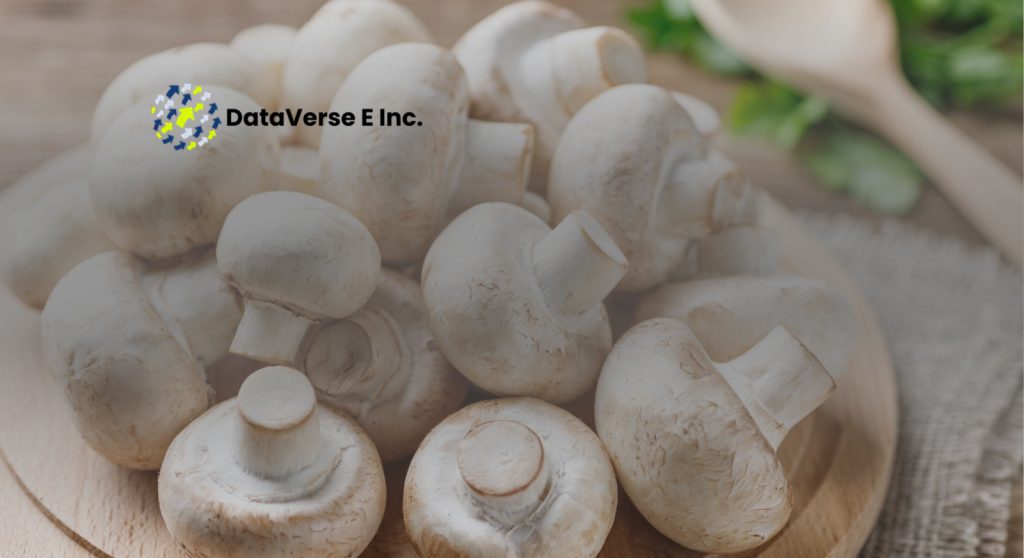Textiles and apparel sector is one of the largest and dynamic sectors in world economy. The increasing trend of textile products consumption from yarn to fabrics and high tech apparel among the people throughout the world, has lead to a massive force and growth phenomenon in this field. The search for the right buyer or supplier is a matter of growth for businesses, exporters and producers. With the assistance of a worldwide import export data source, industries can get Textiles Import-Export Data that provides in-depth information about potential buyers/suppliers in international market.
The reliable import export trade data provider enables business to gain insights at product level shipments, HS codes and competitive analysis of market. It makes world trade more transparent, that is data- driven, etc.
Importance of Textiles Import-Export Data
In today’s competitive landscape, relying on assumptions is risky. Having access to Textiles Import-Export Data allows businesses to:
- Identify top importing and exporting countries for each textile product.
- Track shipment-level records, including buyer names, supplier details, and trade volumes.
- Understand global price trends for yarns, fabrics, and apparel.
- Discover emerging markets with growing textile demand.
- Ensure compliance by analyzing HS codes and customs regulations.
By using a global import export data provider, businesses gain the competitive advantage of knowing exactly where demand exists and how to connect with genuine buyers and suppliers.
Global Overview of Textiles & Apparel Trade
According to the latest reports, textiles and apparel exports crossed USD 940 billion in 2023–24, with apparel accounting for nearly 55% and textiles covering 45%. The industry continues to expand due to e-commerce growth, rising middle-class populations, and increasing demand for sustainable fashion.
The United States and European Union remain the biggest buyers, while Asian nations dominate the supplier market. By analyzing import export data, companies can map out profitable markets and align their strategies with global trade flows.
Top Exporting Countries in Textiles & Apparel
Textiles Import-Export Data from 2023–24 highlights the following top exporters:
- China – Leading in apparel, synthetic fabrics, and low-cost mass production.
- India – Strong in cotton, home textiles, and man-made fibers.
- Bangladesh – Specializing in ready-made garments.
- Vietnam – Rapidly growing exporter in apparel and textiles.
- Turkey – Supplying Europe with high-quality apparel and fabrics.
These countries dominate due to cost advantages, large manufacturing bases, and favorable government policies. A global import export data provider can help businesses filter trade opportunities across these nations.
Top Importing Countries in Textiles & Apparel
On the demand side, the largest importers of textiles and apparel are:
- United States
- Germany
- United Kingdom
- France
- Japan
These markets collectively account for nearly half of global textile imports. Exporters aiming to expand their reach can analyze import export data to identify product demand, buyer details, and pricing benchmarks in these regions.
Connecting with Global Buyers & Suppliers
Finding genuine buyers and reliable suppliers is often the biggest challenge in international trade. Here’s how Textiles Import-Export Data helps:
- Provides shipment records with buyer names, addresses, and product details.
- Identifies leading suppliers and their market share.
- Tracks seasonal demand trends for apparel and fabrics.
- Reduces risk of fraud by offering verified trade data.
With access to such insights from a global import export data provider, businesses can confidently enter new markets and build strong partnerships.
Role of Indian Companies in Textile Trade
India is a global powerhouse in the textile sector, exporting cotton, yarn, fabrics, and apparel to more than 150 countries. Some of the leading Indian exporters include:
- Arvind Limited
- Raymond Limited
- Welspun India
- Vardhman Textiles
- Trident Group
These companies not only dominate exports but also play a major role in shaping India’s position in the global market. By using live searching with import export trade data provider platforms, smaller exporters can identify similar buyers and scale their businesses globally.
HSN Codes for Textiles & Apparel
HSN codes are essential for classification in international trade. Common codes include:
- HS 52 – Cotton
- HS 54 – Man-made filaments
- HS 61 – Apparel & clothing (knitted/crocheted)
- HS 62 – Apparel & clothing (woven)
- HS 63 – Other textile articles (home textiles, furnishings, etc.)
Using Textiles Import-Export Data mapped to these HS codes ensures proper customs clearance and accurate trade reporting.
Global Trade Challenges in Textiles
Despite opportunities, businesses face several trade challenges:
- Rising raw material and shipping costs.
- Pressure for sustainable and eco-friendly fabrics.
- Trade restrictions and tariff barriers.
- Geopolitical disruptions affecting supply chains.
A global import export data provider enables businesses to quickly adapt by exploring alternative markets, diversifying buyers, and minimizing risks.
Latest News & Trends
The textile and apparel industry is evolving with several trends:
- Shift to sustainable textiles like organic cotton and recycled fabrics.
- Digital sourcing platforms connecting global buyers and suppliers.
- Diversification of sourcing away from China to India, Vietnam, and Bangladesh.
- Government incentives boosting textile exports in Asia.
By staying updated with Textiles Import-Export Data, companies can anticipate changes and capture new opportunities.
Conclusion
The textiles and apparel sector remains a vital part of global trade, offering vast opportunities for exporters, importers, and traders. Success in this competitive market depends on connecting with the right partners and making data-driven decisions. A reliable import export trade data provider equips businesses with accurate Textiles Import-Export Data, helping them discover new buyers, strengthen supplier networks, and grow in international markets.
Whether you are a manufacturer, exporter, or sourcing agent, leveraging import export data is the key to thriving in the fast-changing world of textile trade.






No comment yet, add your voice below!